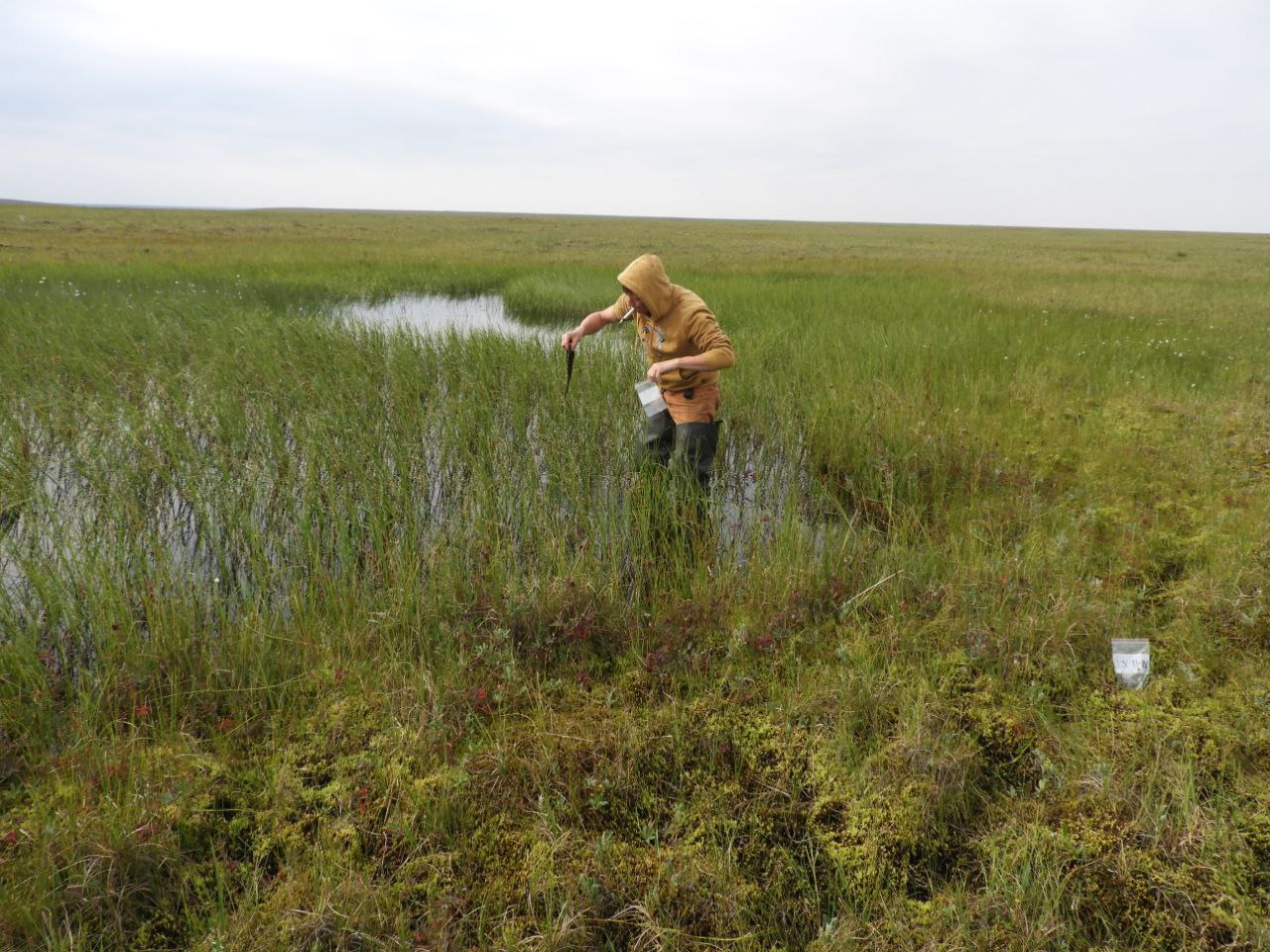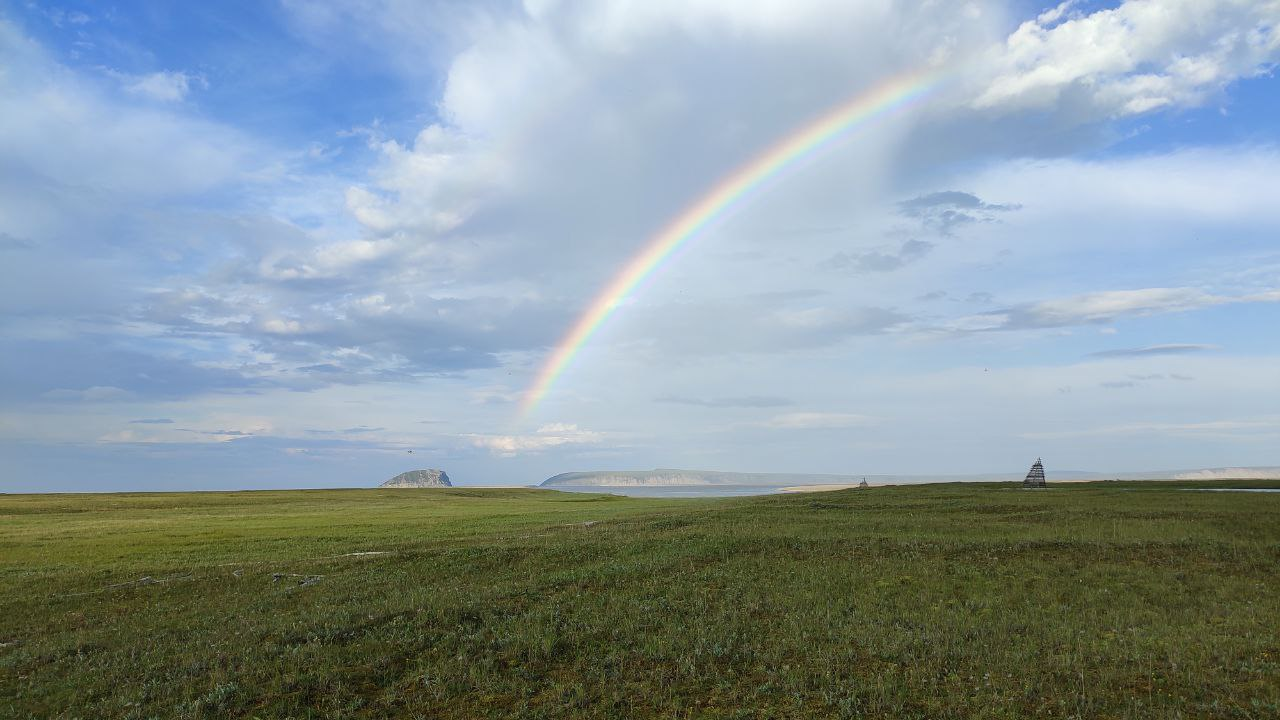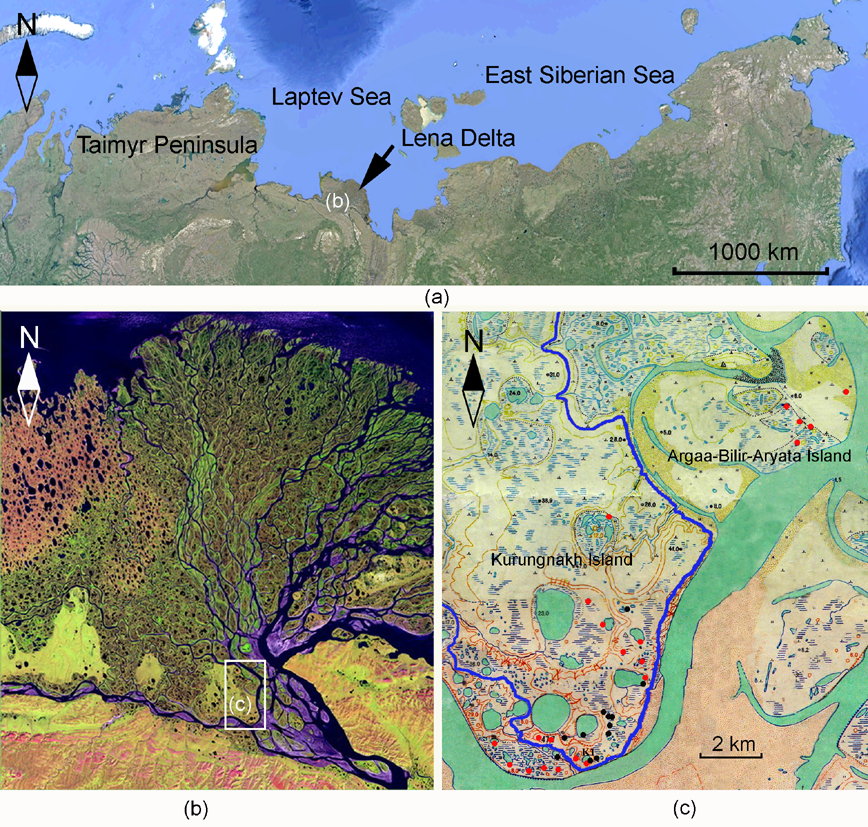
Russian researchers analyzed the factors influencing the inhabitants of the tundra lakes most sensitive to external changes. Thereby, it will be possible to predict the impact of climate change on the ecosystems of the Arctic. The research results were published by the scientific journal Water, the press service of the Russian Science Foundation writes briefly about this.
"Scientists studied the crustaceans Cladocera and Copepoda from thermokarst lakes in the Lena River delta and discovered what factors determine the species composition of the inhabitants of the bottom and the water column. <...> In particular, temperature and hydrochemicals are relevant for the inhabitants of the water column, similarly are he properties of water, and for benthic crustaceans - the composition of aquatic vegetation and type of soil. The data obtained will help to assess how climate fluctuations and growing pollution will affect the nature of the Arctic, since freshwater crustaceans are particularly sensitive to environmental changes," the report says.

The scientists collected water and soil samples during two expeditions: in July-August 2017 and 2020. Samples were taken from 31 thermokarst lakes, mostly no more than one and a half meters deep. In all reservoirs, the values of the main environmental factors were determined - temperature, salinity, acidity and others. It turned out that the species richness of crustaceans is largely determined by the age and size of the reservoir, which is determined by many abiotic and biotic factors.
In large thermokarst lakes the number of species, as noted by the authors of the work, exceeded the indicator of small ones by an average of 15-30%. Depending on the age and stage of formation of tundra reservoirs, certain groups of crustaceans dominated: in small polygonal "ponds" - large cladocerans, in complex polygonal "ponds" - cyclops (one of the orders of Copepoda), and in large thermokarst lakes - calanoid (also from the order Copepoda).

It has been determined that the temperature factor is the most significant for the habitat of cladocerans, and for the harpacticoids (one of the orders of Copepoda), which live almost exclusively on the bottom, the composition of aquatic vegetation has become the determining factor. The scientists also identified a pattern: for planktonic organisms, more variable environmental factors are important, for example, temperature, as for the bottom-dwelling ones, the type of soil in the thickness of which they live and the composition of plants in the reservoir, on which they feed on microorganisms, are more important.
"Freshwater ecosystems in general and aquatic crustaceans in particular are ones of the most sensitive in nature among their respective counterparts. The crustaceans that are part of plankton and benthos have a short generation change time and, accordingly, a short life span. This determines the rapid restructuring of the composition of their communities in response to changes in conditions. That is why, using the example of small crustaceans, it is possible to identify exactly which factors determine the first changes in the composition of the fauna in the water bodies of the Arctic," said Elena Chertoprud, one of the authors of the work, an employee of the Lomonosov Moscow State University and the A.N. Severtsov Institute of Ecology and Evolution of the Russian Academy of Sciences.

Materials:
ТАСС: "Ученые выяснили, какие факторы среды наиболее важны для рачков из озер тундры"
